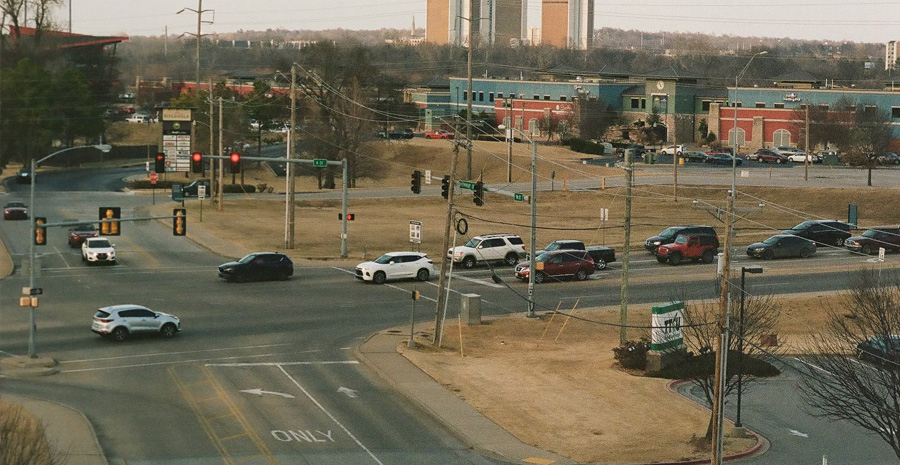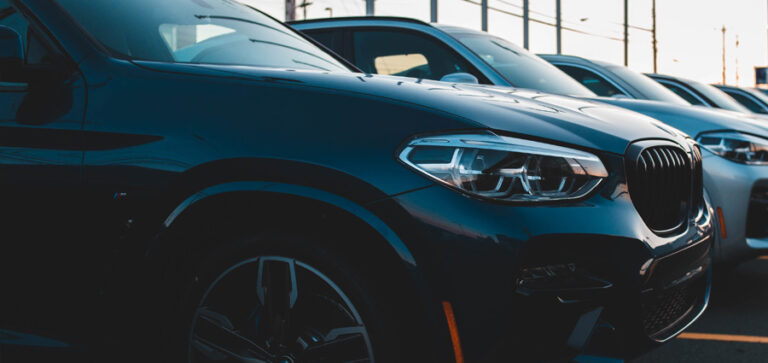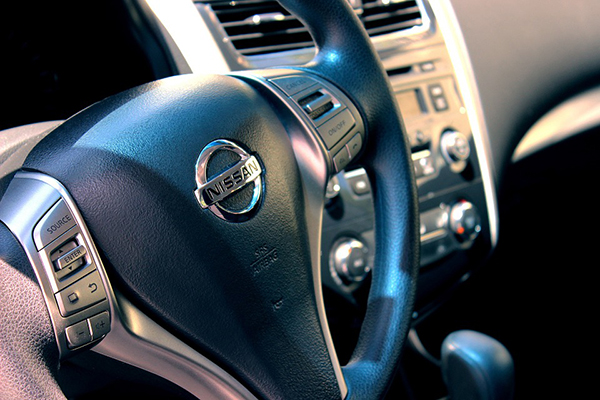The automotive market is experiencing a notable shift as car prices continue to rise, and the average age of vehicles on the road reaches new highs. Consumers are facing not only steeper costs when buying new cars but also greater challenges in maintaining their current vehicles. This dynamic is driven by a combination of factors, including the increasing complexity of modern cars and the high prices that deter many from making new purchases.
Repairing newer cars has become more challenging due to the advanced features and electronic systems that now come standard in most models. Modern vehicles are equipped with sophisticated onboard computers, sensors, and integrated systems that control everything from engine performance to driver assistance features. This added complexity means that when something goes wrong, diagnosing and fixing the problem often requires specialized knowledge and tools that were not necessary with older vehicles.
Another issue is the use of specialized parts in newer cars, which can drive up repair costs. For example, modern bumpers now frequently include sensors and cameras as part of advanced driver assistance systems, making them far more expensive to repair or replace than the simpler bumpers of the past. The same goes for many other components; what used to be straightforward mechanical parts are now interconnected electronic systems that require precise calibration, further complicating repairs.
Newer cars are also designed to be more compact and efficient, with tightly packed components that make accessing certain parts much more difficult. This design choice, aimed at improving fuel efficiency and aerodynamics, often leads to increased labor costs during repairs, as mechanics must spend more time just getting to the areas that need attention. Additionally, the use of advanced materials like high-strength steel and composite materials in modern vehicles requires specialized tools and techniques, further raising the cost and complexity of repairs compared to older cars that were built with simpler materials.
While the prices of used cars have begun to decline from their recent highs, used cars are 33% higher than they were in 2019. This increase in prices outpaces inflation over this period. Meanwhile, the cost of new vehicles remains significantly elevated. The average new vehicle price in the United States is now just over $45,000, slightly down from its peak in late 2022 but still far from affordable for many consumers. This sustained high price level is a key factor in why Americans are keeping their cars longer than ever before. According to S&P Global Mobility, the average vehicle on U.S. roads is now 12.6 years old, a record high. Many people are choosing to maintain and repair their existing vehicles rather than face the high cost of buying new.
Americans are adapting to a market where the cost of owning and maintaining a vehicle has become a more significant financial consideration than ever before. This trend carries significant economic and investment implications. As the average age of cars on the road increases, there’s a growing demand for maintenance, repair services, and replacement parts. This shift likely benefits sectors such as automotive parts retailers and service providers, which are poised to capitalize on consumers investing more in their existing vehicles. Industries involved in manufacturing aftermarket components, vehicle diagnostics, and repair technologies may also experience growth. This trend highlights how changes in consumer behavior can create ripple effects across various sectors, presenting new opportunities and challenges for investors.


